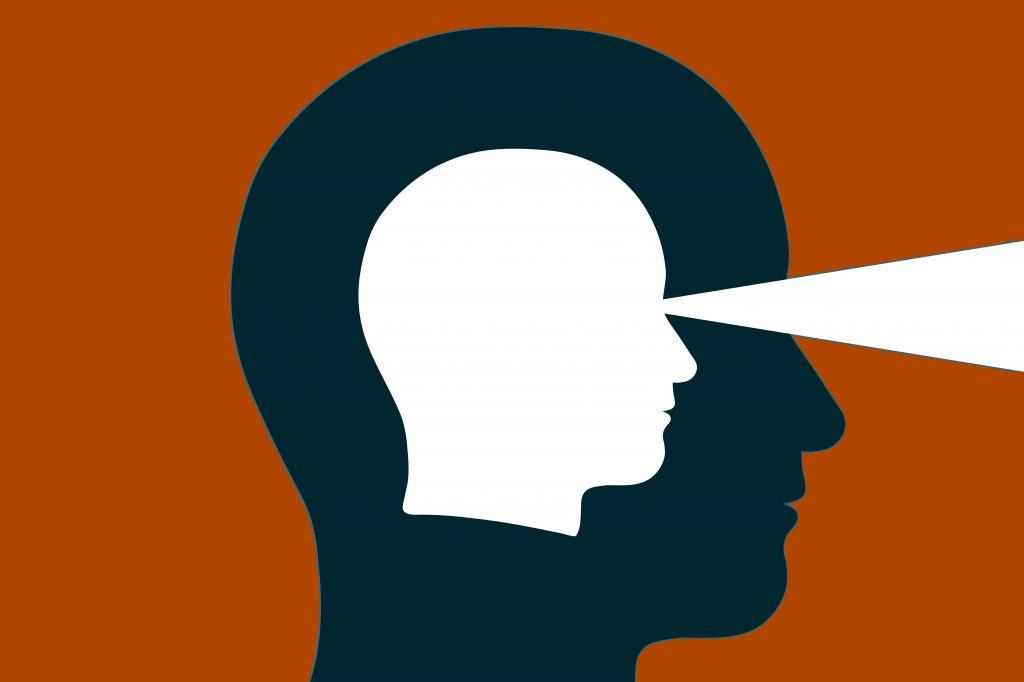I decided a short time ago to write this for a friend who had asked me about my thoughts on the viability of tai chi/chi kung training as it pertains to combatives training. While many are either seemingly pushing the woo-woo, chi-power, metaphysical powers of chi kung or tai chi, or trying desperately to re-transform it into a powerful fighting art, I thought I’d take a few minutes to offer some rather tangible functional benefits it ‘can’ contain, as is:
- It teaches one to lengthen movements. As movements are shortened dramatically by the effects of adrenaline, fast styles and techniques over-reliant on speed often fall by the wayside and don’t have near the desired impact in real situations as “in the dojo”. (As an aside, the techniques, poses themselves, and positions aren’t nearly as important the control, relaxed power, and deliberate movements it promotes. Actual combative concepts can replace traditional ones with the same mechanics in-play)
- It can teach proper use of the kinetic chain for maximizing power and efficient movement. Proper power development…and power is a more important than speed in a violent scenario, the vast majority of the time.
- It teaches slow deliberate practice, which leads to efficient myelination/”uploading” from proper, progressive, and correct conditioning of skillsets for function. We’ve likely all heard the “slow-is-fast” maxim but training things deliberately and with purpose sets them more permanently, in proper context, and with greater efficiency.
- It can teach breathing, both while static (the “interview” phase of developing conflict) and while moving in a dynamic arena (active/aggressive). I realize this is given tons of lip service but many don’t seem to really know why, but the major reason is because when adrenaline floods our system, we tend to predominantly stop breathing, putting access to our training and conditioning “off-line.” (We panic, forget, disconnect from) Remembering to breath and having done so out of various constructs, triggers us to do so when it matters and keep us “online”, therefore having accessibility to prior training. (hopefully correct and aligned with what actually happens pertaining to real violence)

5. It teaches body control and relaxation. Simply, the more relaxation one can achieve within the restraints of adrenal-stress response, the more subtle, explosive, and decisive the movement(s) following and the less chance of a powerful counter.
6. The grounding/rooting and balance helps one to “sit on” one’s shots, as well, putting proper body weight into those mechanics. Footwork is the fundamental fighting tool. Without balance, agility, movement, power generation, angling, zoning…..all other skillsets fall by the wayside.
7. As an aside, I often hear critique on the hip-punching done in tai chi/chi kung/karate/kung-fu, etc. However, as we can see from case studies, violence videos, mixed martial-arts matches, personal experiences from experienced people….taking longer trajectory to the target has shown little to no problems of connection from the various ranges/stages of fighting. Punches from the hip often fall under the depth perception line caused by adrenaline/extreme focus, are heavy in power, and connect far more often than the bullshit myths in martial arts will have you believe.
8. While this may be a stretch to those long-timers in the “internal arts”, I’ve often (personally, so take with salt) made a correlation of the 2 types of Chinese breathing (Buddhist – regular, belly expands when inhaling & Taoist – reverse, chest expands/belly contracts when inhaling) with relaxed or controlled breathing and tension or stress breathing. Relaxed when at rest, at ease, or able to be controlled when under minimal or containable stress. (including during low-level or pre-escalation conflict) Tension breathing when exerting oneself physically (including fighting).
9. It can teach self-control, discipline, and patience…3 monumentally-important elements when dealing with conflict management and pre-violence escalation, not the least of which are important in cultivating proper violence mindset and state-change capability.
Notice I use the word “can” for more than one of the examples given as, remember, this is in reference to this practice being combined with actual fight training, that which hopefully correlates and reinforces our innate survival skills and instinctive fighting mechanisms. Can all these things be found in other training methodologies and personal manners of fight training? Absolutely. However, I find these elements often go unexplained as to their reasoning (or unknown, for most trying to make the correlation) or context as it relates to real-world issues.


